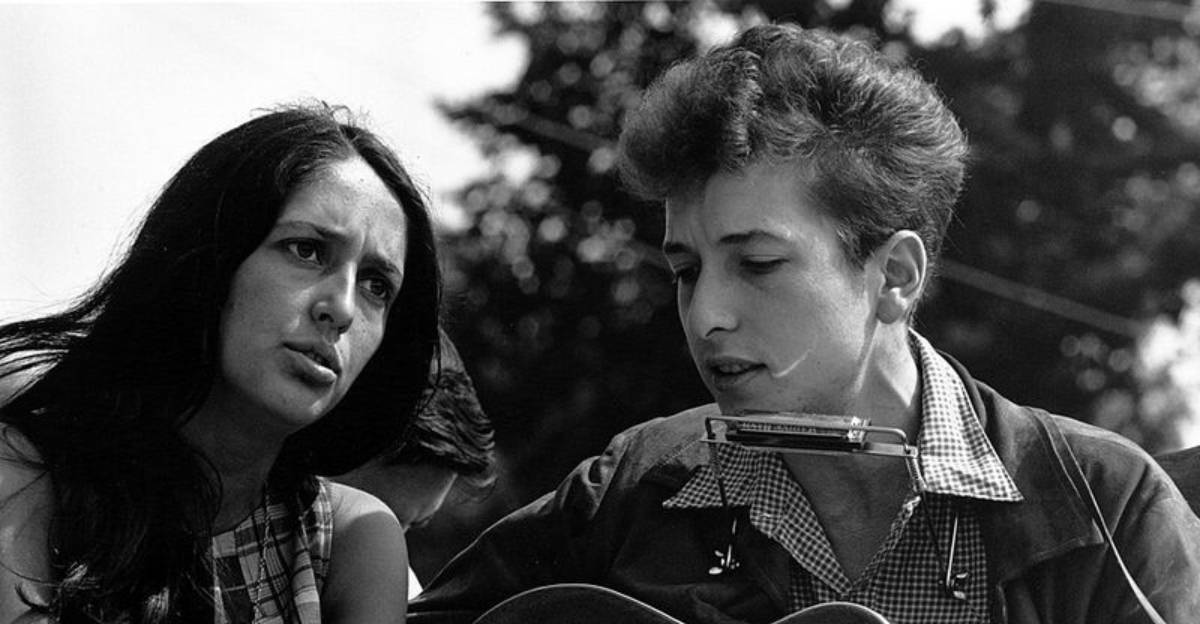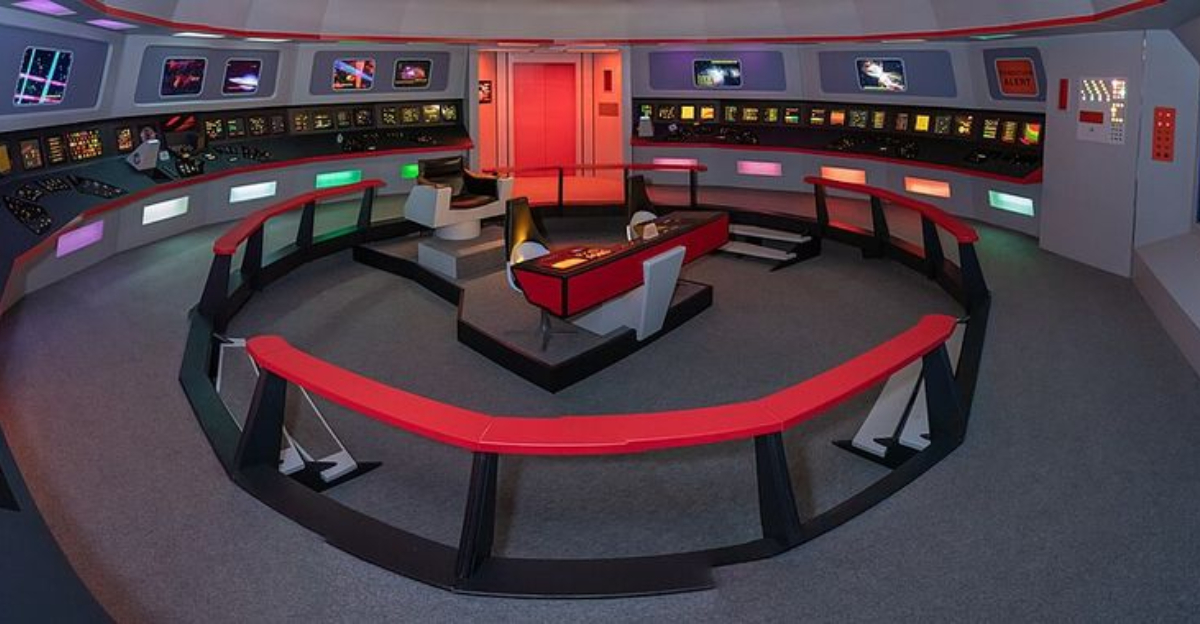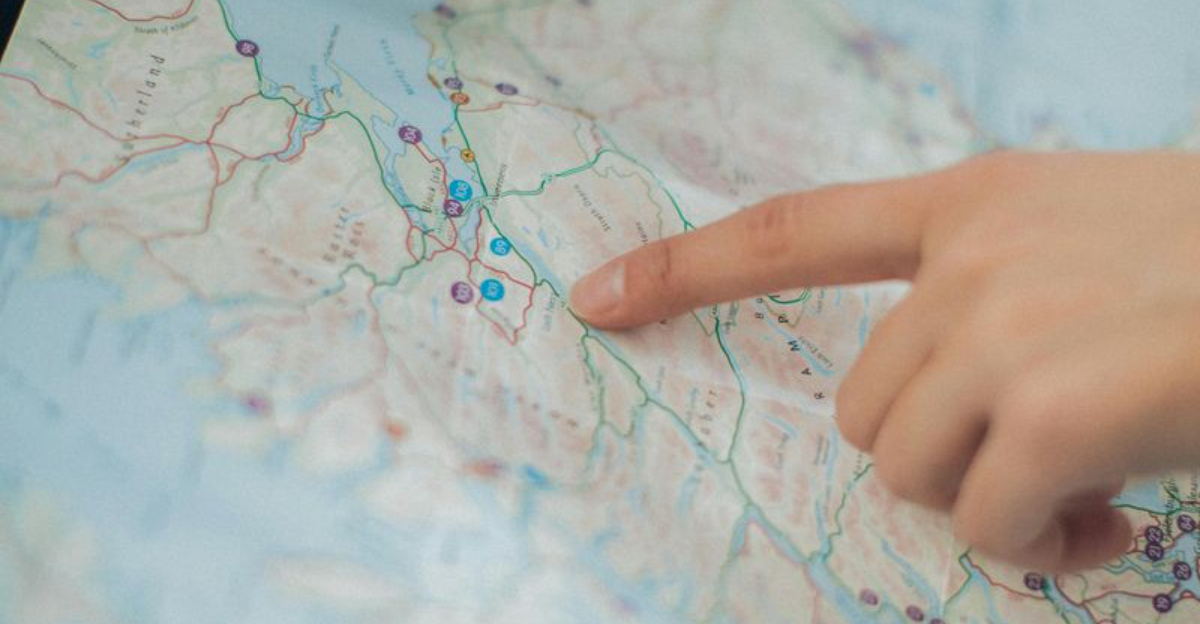20 Signs Of How Daily Life Has Changed Since The 1960s And ’70s
Think about how your grandparents lived when they were your age. No smartphones, no streaming services, and definitely no texting your friends at midnight.
The world has transformed in wild ways over the past fifty years, from the gadgets we use to the way we shop and travel. Get ready to explore how everyday routines have flipped upside down since bell-bottoms and disco ruled the scene!
Disclaimer:
Content is provided for general interest and historical reflection. Facts and descriptions draw on commonly documented trends, technologies, and cultural shifts from the mid-20th century onward. Timelines, brand names, and examples are included for illustrative purposes and may vary by region. Current product details, availability, or safety standards can differ today. Verify information with up-to-date primary sources before relying on it.
1. Rotary Phones Gave Way To Pocket-Sized Smartphones
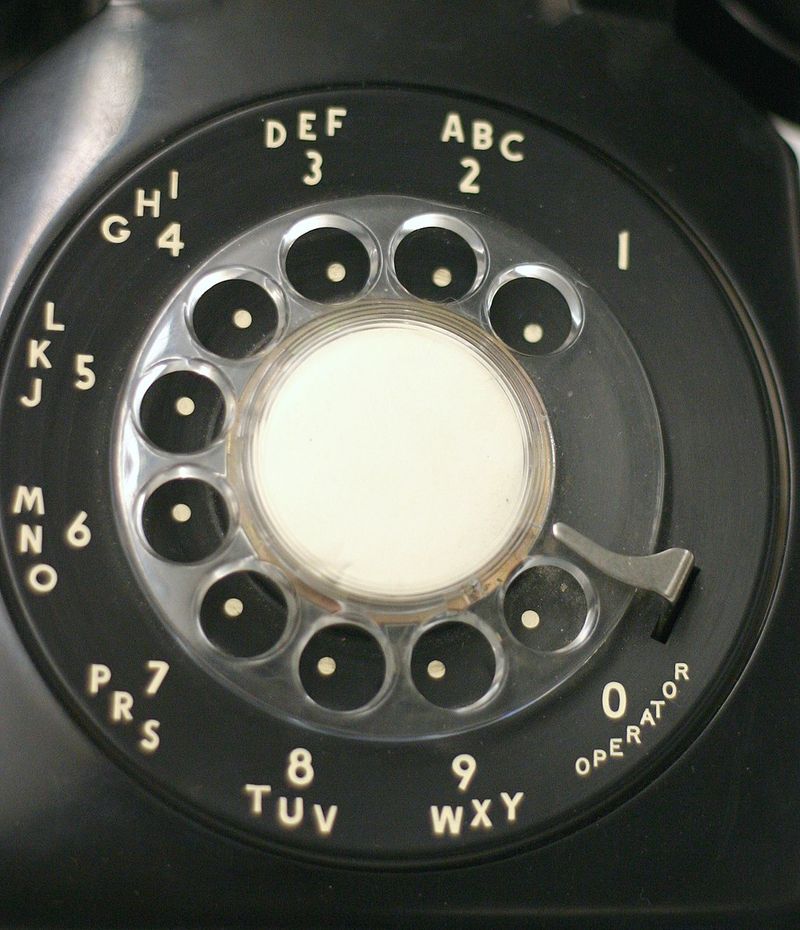
Remember when making a call meant spinning a dial and waiting for each number to click back? Families shared one phone mounted on the kitchen wall, and long-distance calls cost a fortune.
Today, everyone carries a mini-computer in their pocket that does everything from video calls to ordering pizza. You can FaceTime someone across the globe without spending a dime.
Phones went from heavy, stationary gadgets to sleek touchscreens that fit in your jeans.
2. Bulky Wood-Console TVs Became Slim Flat-Panel Screens
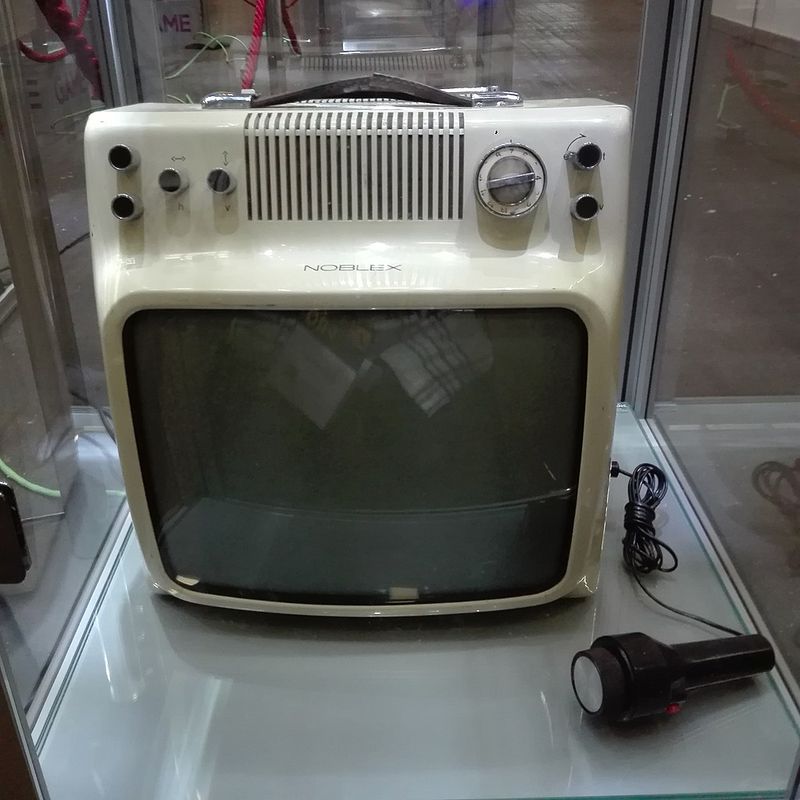
Picture a television so huge it doubled as furniture, with wooden cabinets and tiny screens that showed only a handful of channels. Families gathered around these entertainment centers like they were campfires.
Fast-forward to now: TVs hang on walls like paintings, display thousands of channels, and stream movies on demand. You can pause live shows or binge an entire season in one sitting.
The shift from clunky boxes to razor-thin displays changed living rooms everywhere.
3. Typewriters Evolved Into Personal Computers
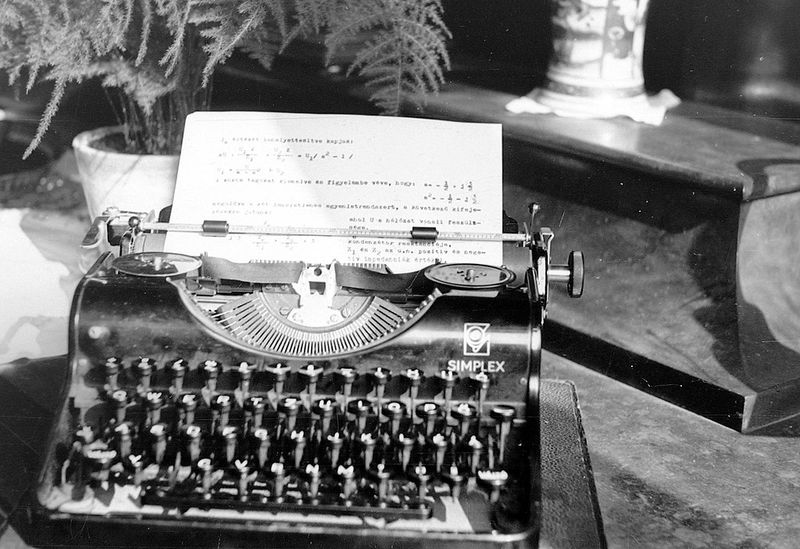
Typing a school report once meant hammering keys on a mechanical typewriter, hearing that satisfying ding at the end of each line. Mistakes? You grabbed correction fluid or started over from scratch.
Computers revolutionized writing by letting you edit, delete, and format text with a few clicks. Spell-check became your best friend, and printers replaced messy ink ribbons.
What took hours of retyping now happens in seconds with a backspace key.
4. Paper Road Maps Transformed Into GPS Turn-By-Turn Directions
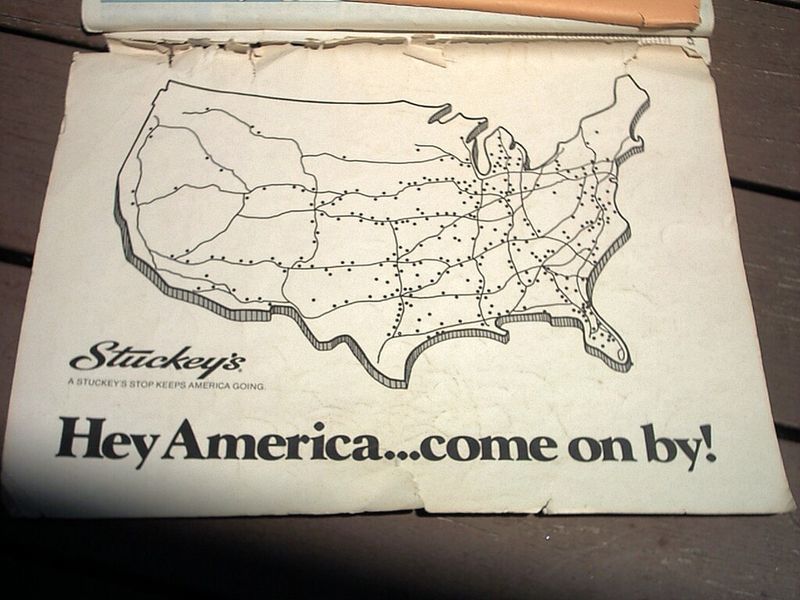
Road trips used to involve unfolding giant paper maps across the dashboard, squinting at tiny route numbers while someone yelled, “We missed the exit!” Getting lost was practically a family tradition.
Now, GPS devices and smartphone apps calmly guide you with spoken directions, rerouting instantly if you take a wrong turn. Traffic updates and arrival times appear in real time.
Navigation went from guesswork and arguments to smooth, stress-free journeys with a robotic copilot.
5. Film Rolls Gave Way To Digital Camera Sensors
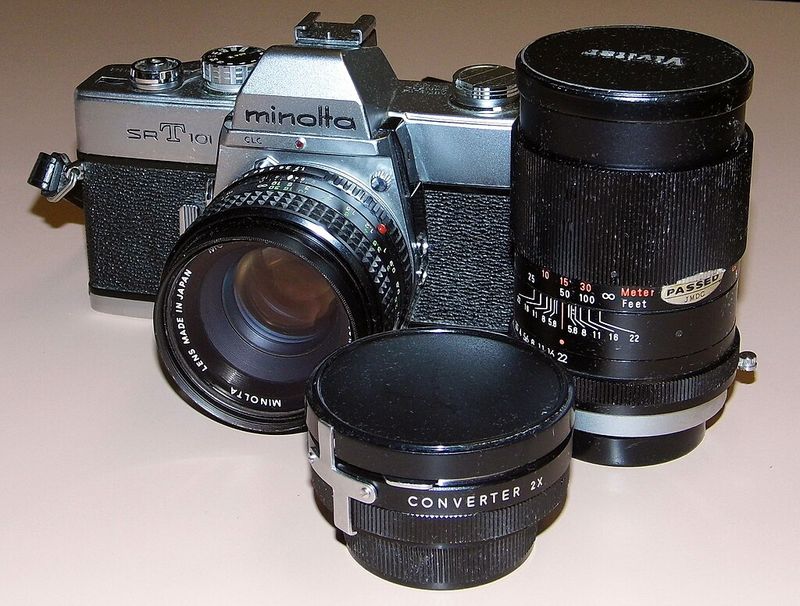
Snapping photos in the ’70s meant loading film rolls, waiting days for prints, and crossing your fingers that someone didn’t blink. You had maybe 24 or 36 shots per roll, so every click counted.
Digital cameras changed the game by storing thousands of images on tiny memory cards. You can preview shots instantly, delete duds, and share photos online within seconds.
Photography shifted from careful rationing to endless experimentation and instant gratification.
6. Vinyl Record Setups Became Music Streaming Apps
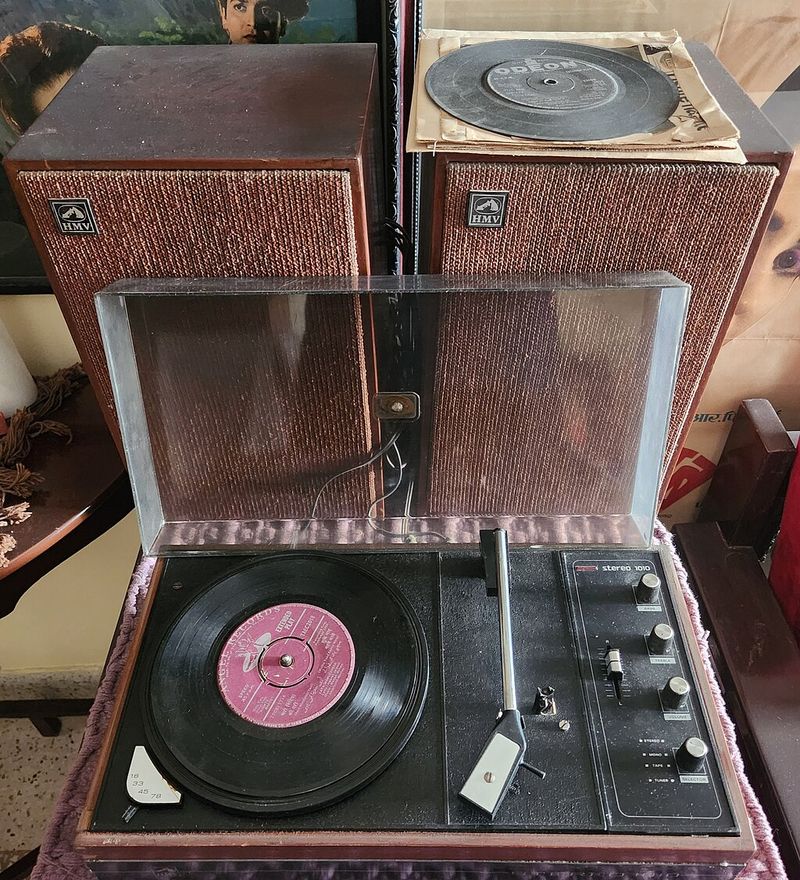
Listening to your favorite song once required pulling out a vinyl record, placing it gently on a turntable, and lowering the needle just right. Scratches and skips were part of the charm.
Streaming services like Spotify now deliver millions of songs to your phone instantly, with custom playlists and zero physical storage. You can shuffle genres or replay a track endlessly without lifting a finger.
Music went from fragile discs and limited collections to infinite libraries in your pocket.
7. Handwritten Letters Evolved Into Email Inboxes
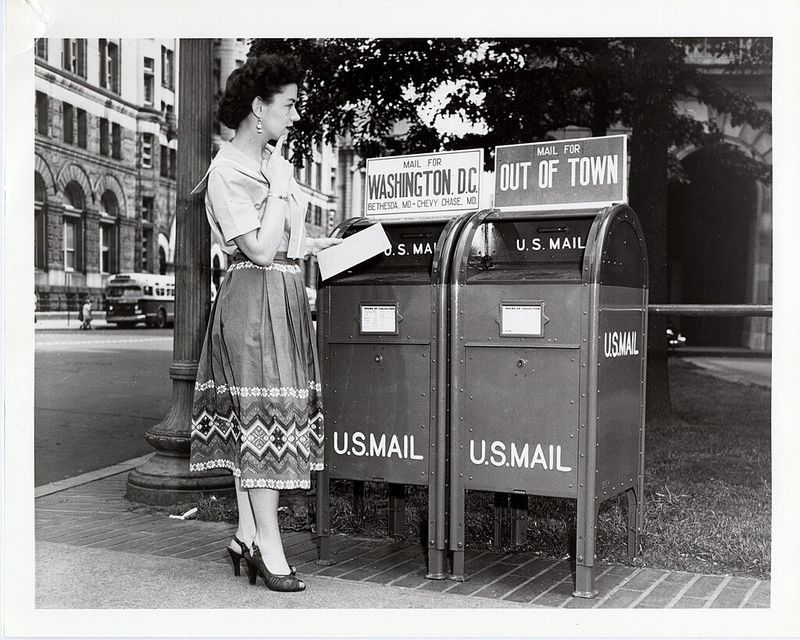
Staying in touch meant sitting down with pen and paper, sealing an envelope, and waiting weeks for a reply. Handwriting revealed personality, and every letter felt like a tiny treasure.
Email flipped communication into warp speed: messages arrive in seconds, you can attach photos or documents, and replies bounce back almost instantly. Inboxes replaced mailboxes, and emojis replaced doodles.
The art of letter-writing faded as digital correspondence took over our screens and schedules.
8. Milkmen On The Block Became Weekly Supermarket Runs
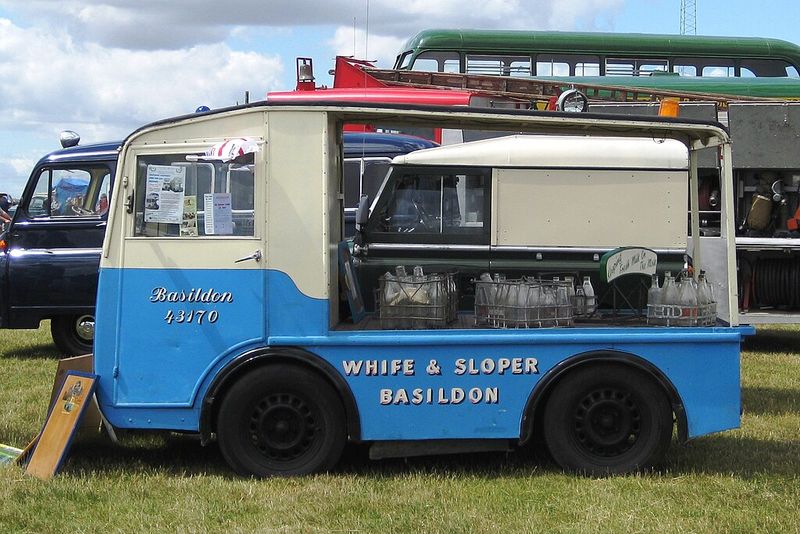
Imagine waking up to fresh milk bottles on your doorstep, delivered by a friendly milkman who knew your family by name. Groceries arrived in small, regular batches instead of giant shopping trips.
Supermarkets took over, offering aisles packed with choices and the convenience of one-stop shopping. Families now load carts once a week, buying everything from bread to laundry soap under one roof.
Personal delivery service faded as big-box stores became the new neighborhood hub.
9. Passbooks Gave Way To Banking By Phone
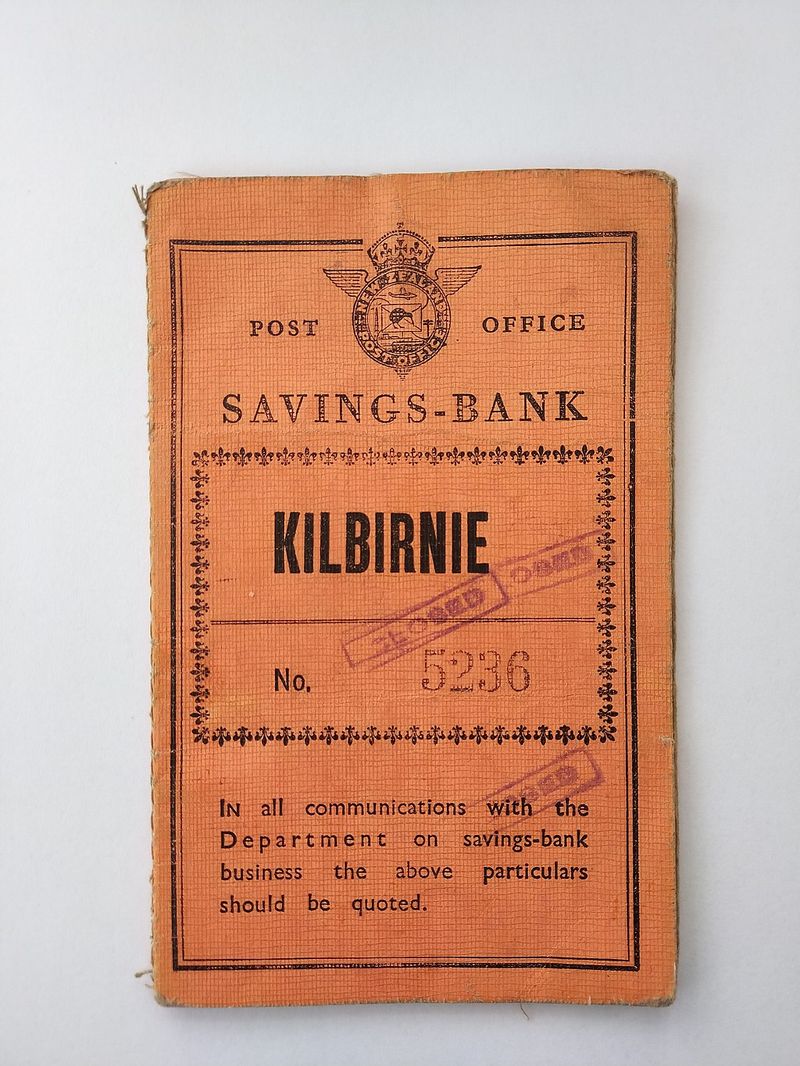
Managing money once meant carrying a small passbook to the bank, where tellers stamped every deposit and withdrawal by hand. Checking your balance required a trip downtown during business hours.
Mobile banking apps now let you transfer funds, pay bills, and deposit checks by snapping a photo – all from your couch at midnight. Real-time alerts keep you updated on every transaction.
Banking shifted from paper trails and teller lines to instant, 24/7 access on your smartphone.
10. Smoke Everywhere Became Smoke-Free Planes And Venues
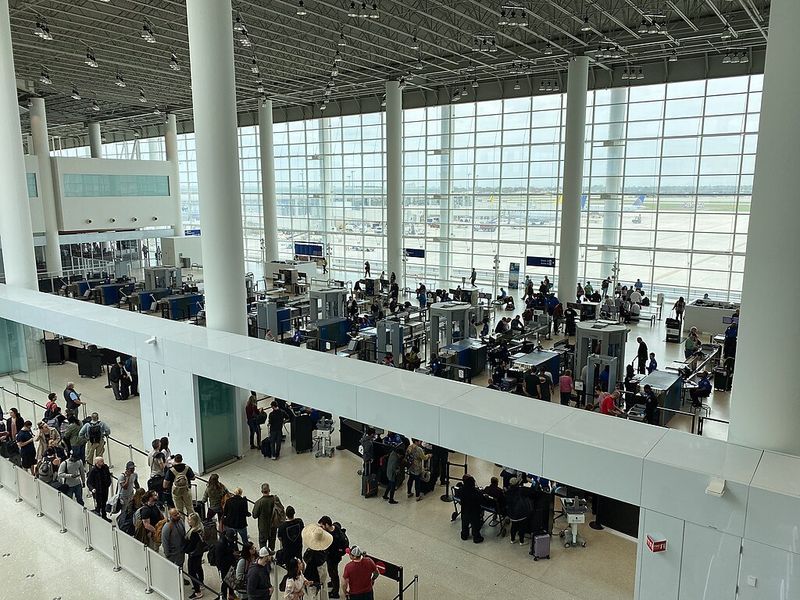
Airplanes, restaurants, and offices once had ashtrays on every table, and clouds of cigarette smoke were just part of the scenery. Non-smokers had no escape, and “smoking sections” were barely separate.
Public health campaigns and laws transformed spaces into smoke-free zones, making flights, concerts, and dining far healthier. Today, lighting up indoors is almost unthinkable in most places.
The shift cleared the air – literally – and changed social norms around tobacco use forever.
11. Glamorous 1970s Cabins Became Security-First Air Travel
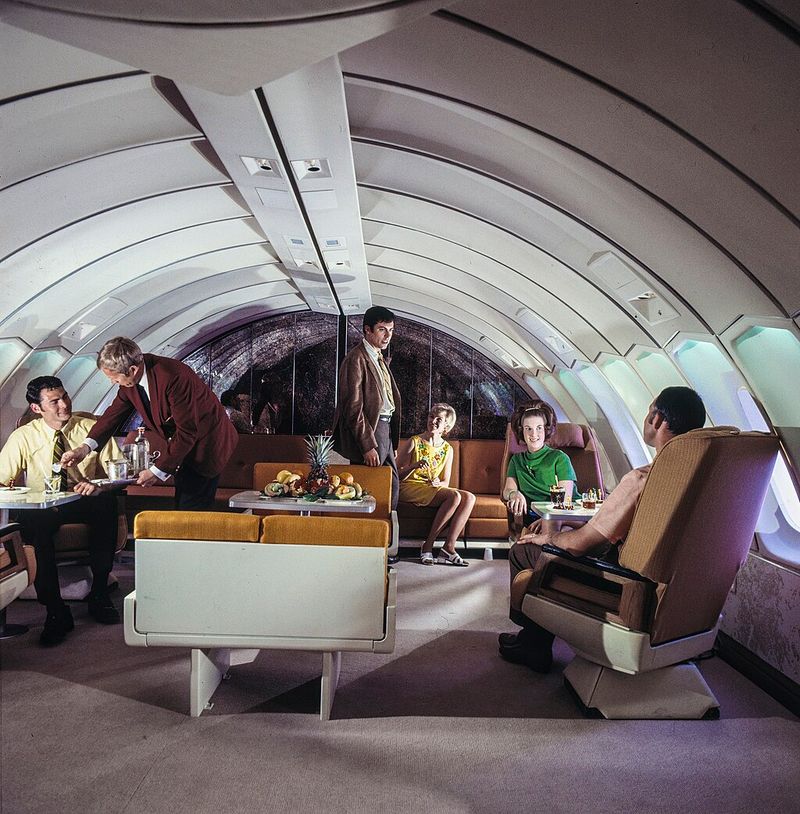
Flying in the ’70s felt like a fancy party in the sky: spacious seats, gourmet meals on real china, and passengers dressed in their Sunday best. Security was minimal – friends could walk you to the gate.
After safety concerns grew, airports added metal detectors, baggage scans, and long security lines. Legroom shrank, snacks became tiny packets, and boarding turned into a carefully choreographed process.
Air travel traded glamour and ease for heightened security and efficiency-focused service.
12. Metal Slides On Asphalt Became Rubberized, Inclusive Playgrounds
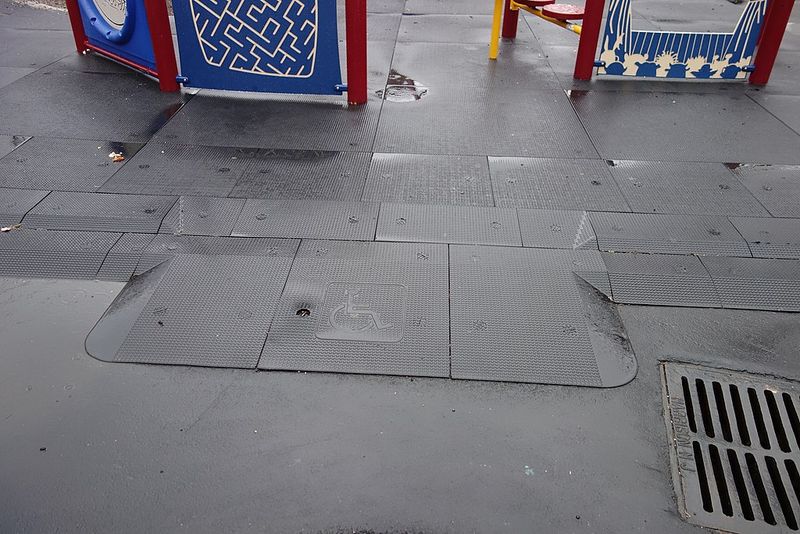
Playgrounds used to feature scorching-hot metal slides, towering jungle gyms over concrete, and zero safety mats. Scraped knees and minor burns were just part of recess.
Modern playgrounds swap hard surfaces for rubberized flooring, add wheelchair-accessible ramps, and design equipment with safety rails and softer materials. Injuries dropped dramatically, and more kids can join the fun.
Play spaces evolved from risky free-for-alls to thoughtfully designed zones that welcome everyone safely.
13. Memorizing Prices Became Barcode Scanning And Self-Checkout
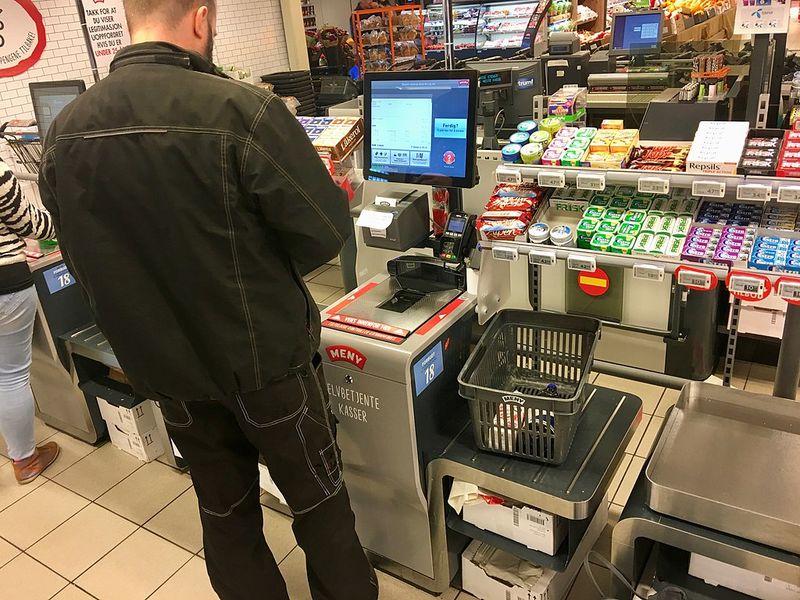
Cashiers once memorized hundreds of prices or punched numbers into clunky registers by hand, making checkout slow and error-prone. Every item required a price tag sticker.
Barcodes revolutionized retail by letting scanners read prices instantly, speeding up lines and reducing mistakes. Self-checkout kiosks now let shoppers ring up their own groceries without waiting for a cashier.
Shopping transformed from a patience test into a quick, scan-and-go experience powered by technology.
14. Cash And Checks Became Tap-To-Pay
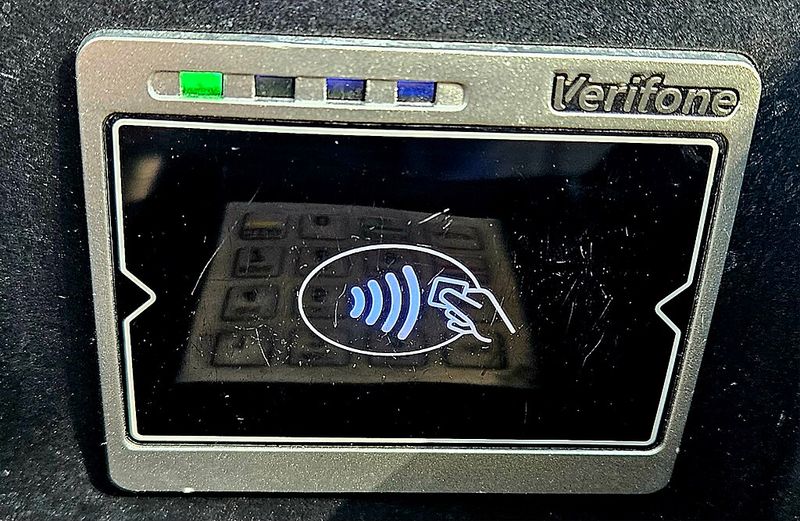
Paying for things meant carrying a wallet stuffed with bills and coins, or writing checks and waiting for them to clear. Cashiers counted change by hand, and transactions took time.
Contactless payment cards and smartphone wallets now let you tap your device and walk away in seconds. No signatures, no PIN entry – just a quick beep and you’re done.
Money moved from paper and metal to invisible digital signals that make checkout almost magical.
15. Dial-Up Tones Became Always-On Broadband
Connecting to the internet in the ’90s meant listening to a screeching symphony of beeps and static as your modem dialed in. Someone picking up the phone would kick you offline instantly.
Broadband internet brought always-on connections with blazing speeds, no phone-line conflicts, and the ability to stream videos without buffering for hours. Wi-Fi made cables optional, too.
The web went from a slow, noisy novelty to a seamless, ever-present part of daily life.
16. Strict Office Wear Became Casual Friday And Beyond
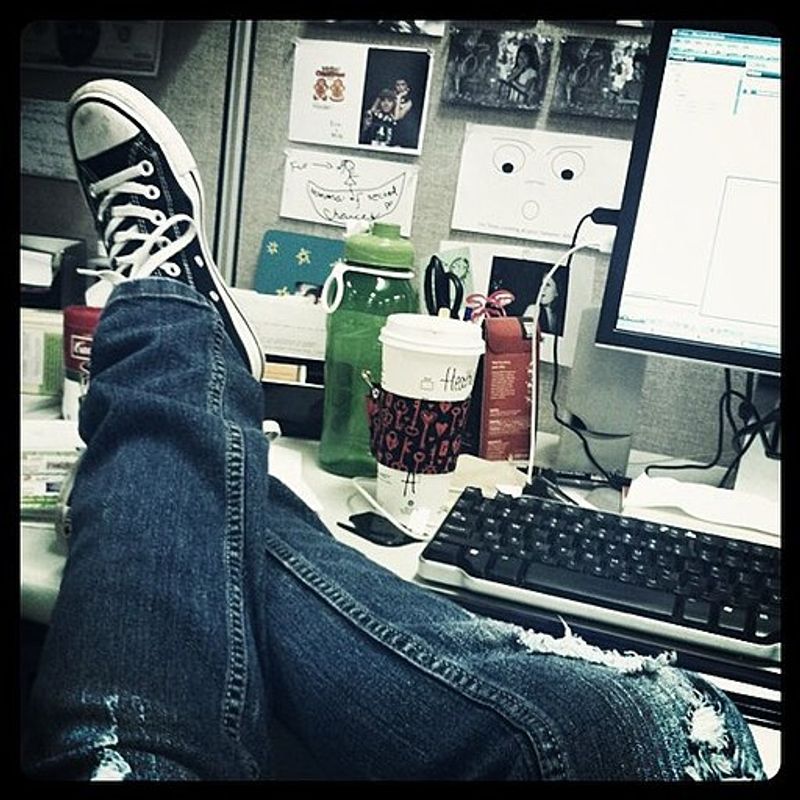
Offices in the ’60s and ’70s enforced dress codes like armor: men wore suits and ties every single day, and women donned skirts or dresses with heels. Comfort took a backseat to formality.
Casual Friday arrived in the ’90s, letting employees swap ties for polo shirts one day a week. Many workplaces now embrace jeans, sneakers, and remote work in pajamas.
Professional attire loosened up dramatically, prioritizing comfort and individuality over rigid uniforms.
17. Early ATMs Became Ubiquitous Cards And ATMs
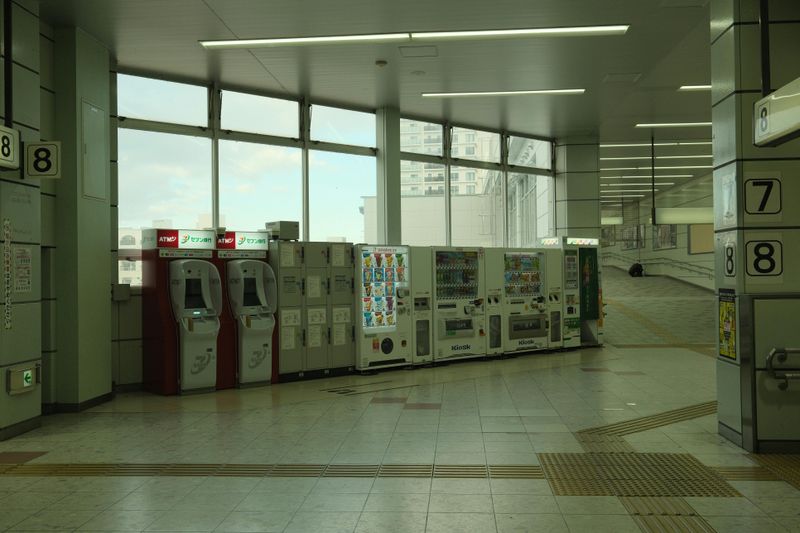
The first ATMs appeared in the late ’60s as clunky, experimental machines that dispensed cash using punched cards instead of magnetic strips. Few people trusted them, and they were rare.
Today, ATMs stand on nearly every corner, and debit cards work globally at millions of locations. You can withdraw money, check balances, and deposit checks without ever stepping into a bank.
Cash access evolved from a novelty to an instant, everywhere convenience we take for granted.
18. Seat Belts Optional Became Buckling Up Is Default
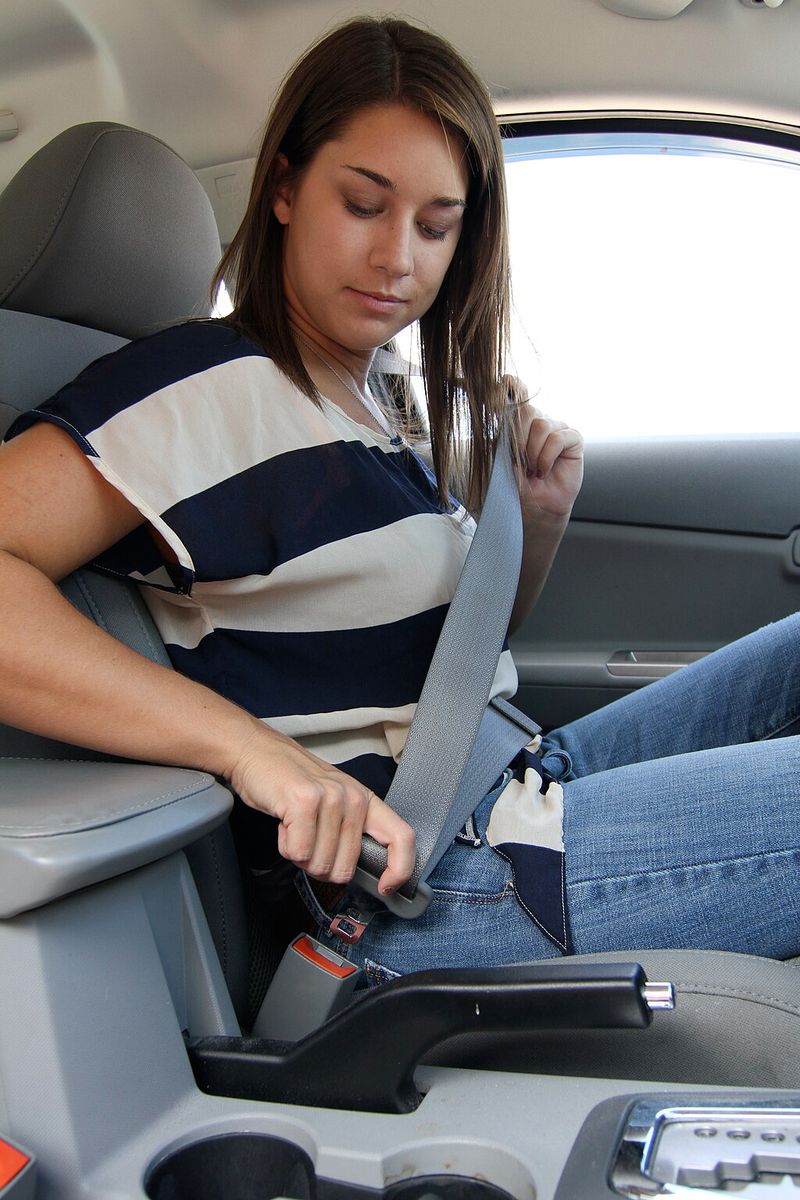
Cars in the ’60s had seat belts, but wearing them was optional and often seen as overly cautious. Drivers and passengers bounced around freely, and kids tumbled in the back seat.
Laws and safety campaigns made buckling up mandatory, and modern cars beep insistently until everyone clicks in. Airbags, child seats, and crash-test standards joined the safety revolution.
Seat belts shifted from an afterthought to a non-negotiable habit that saves thousands of lives yearly.
19. Cooking From Scratch Became Microwave Convenience
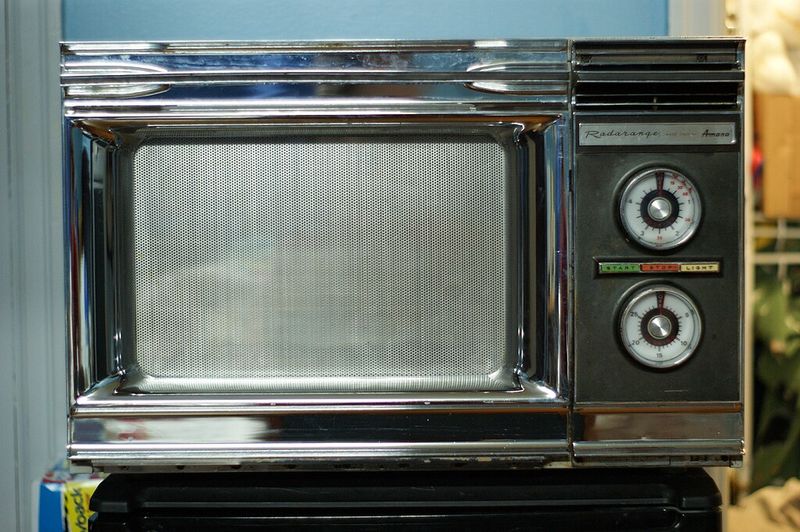
Dinner in the ’60s meant hours of chopping, simmering, and stirring – everything was homemade, from bread to dessert. Frozen meals existed but were rare and often bland.
Microwave ovens exploded onto the scene in the ’70s, letting families reheat leftovers or zap frozen dinners in minutes. Popcorn, instant oatmeal, and mug cakes became kitchen staples.
Cooking transformed from an all-day event into quick, push-button convenience that freed up time for other activities.
20. Pong-Era Consoles Became Mainstream Gaming Culture
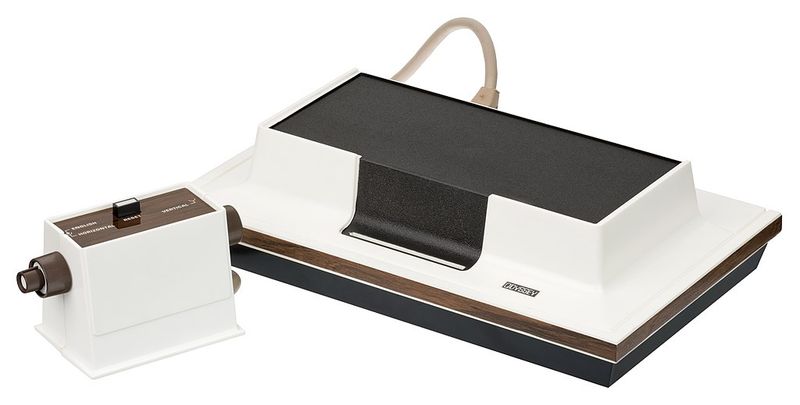
Video games launched with simple black-and-white blips on a TV screen – Pong was the height of entertainment in 1972. Consoles were novelties, and few people owned them.
Gaming exploded into a multi-billion-dollar industry with lifelike graphics, online multiplayer battles, and professional esports leagues. Consoles, PCs, and mobile devices now host endless worlds and communities.
What started as a quirky tech experiment grew into a dominant cultural force shaping entertainment worldwide.


